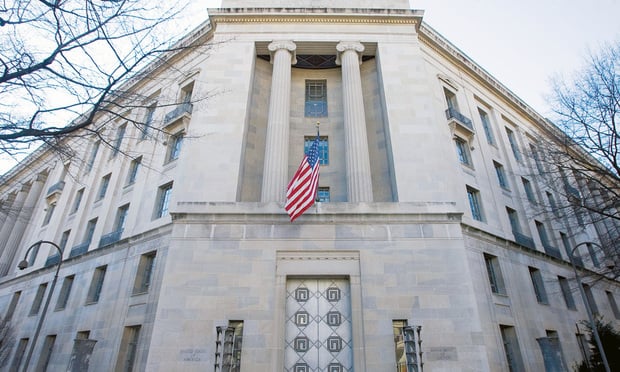The U.S. Department of Justice Antitrust Division’s case against Kemp Associates, an heir location service firm, has focused attention on the growing role of the rule of reason in the defense of criminal antitrust prosecutions. United States v. Kemp & Assocs., No. 17-1418 (10th Cir. Oct. 31, 2018) (Kemp II). Under stated policy, the Antitrust Division does not criminally prosecute cases under the more permissive rule of reason standard, but reserves its discretion only to charge conduct considered to be per se illegal—that is, restraints of trade classified as unlawful without assessing potential precompetitive benefits and overall market impact. So a judicial finding that charged conduct comprises an offense that should be evaluated under the rule of reason effectively amounts to a dismissal. The trial court’s ruling in Kemp precluding antitrust prosecutors from proceeding on a per se theory, and the Tenth Circuit’s criticism of that ruling, provide unique insight into the modern use of the Sherman Act as a criminal statute.
The Sherman Act, and in particular a per se violation of the Sherman Act, often functions as a blunt prosecutorial instrument. The Sherman Act tends to limit the per se rule of illegality to those restraints among horizontal competitors, with which courts have had considerable experience and where the restraints are deemed facially anticompetitive and lack any plausible business justification. But such condemnation is not static. The principles animating antitrust law have evolved with the century-old Sherman Act, dynamically moving from the formalistic approach towards horizontal price-fixing agreements applied in United States v. Socony-Vacuum Oil Co., 310 U.S. 150, 224 n.59 (1940), to the recognition that not all price-fixing arrangements unreasonably eliminate competition in Broadcast Music v. Columbia Broadcasting System, 441 U.S. 1, 23 (1979), to more complex notions that emphasize economic realities of business relationships as set forth in Business Electronics v. Sharp Electronics, 485 U.S. 717, 726 (1988).


 U.S. Department of Justice building in Washington, D.C. Photo: Diego M. Radzinschi /ALM
U.S. Department of Justice building in Washington, D.C. Photo: Diego M. Radzinschi /ALM




